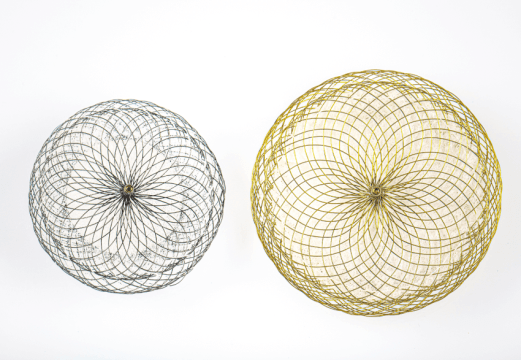Atrial fibrillation is common in elderly people and is associated with a higher risk of ischemic stroke. Left atrial appendage occlusion (LAAO) is a valid strategy, especially in patients at high risk of bleeding.

The presence of peridevice leak (PDL) has been linked to stroke, although some analyses, such as the PROTEC-AF Study, suggest that when these leaks are <5 mm, as assessed by transesophageal echocardiography, they are not related to adverse events.
Researchers examined 519 patients who underwent LAAO with WATCHMAN 2.5. These subjects underwent angiotomography at 3 months to detect leaks. Of these, 271 showed no evidence of PDL, while 248 showed some degree of PDL.
Peridevice leaks were classified as mild (>0 to ≤3 mm), moderate (>3 to ≤5 mm), and severe (>5 mm).
There were no significant differences between the groups; the mean age was 70 years; 53% of patients were men, 46% had atrial fibrillation, 76% had hypertension, 25% had diabetes, 45% had coronary artery disease, and 50% had heart failure. Ejection fraction was 62%, and the left atrial diameter was 42 mm.
Read also: Reinterventions in TAVR with Self-Expanding Valves.
The CHA2DS2-VASc score was 3.7 ± 1.5, and the HAS-BLED score was 2.1 ± 0.9.
After 6 years of follow-up, the presence of PDL was associated with an increased risk of stroke/transient ischemic accident (TIA) (6.5% vs. 1.8%; log-rank P=0.005), all-cause mortality (3.6% vs. 1.1%; log-rank P=0.048), and major adverse events (11.3% vs. 3.3%; log-rank P<0.001) compared with those without PDL.
The presence of severe PDL was associated with disabling or fatal stroke, but not in the case of mild or moderate leak (22.2% vs. 0.6%; P<0.001).
Read also: 12-Month Evolution of Edge-to-Edge Repair with PASCAL.
Researchers analyzed patients who did not present PDL and also the degree of PDL; its absence was associated with a lower incidence of stroke/TIA, cardiovascular death, and major events.
Age and discontinuation of antiplatelet therapy at 6 months were independent predictors of stroke, TIA, and major events.
Conclusion
Left atrial appendage patency, as assessed by angiotomography at 3 months after LAAO, was associated with unfavorable outcomes in patients with atrial fibrillation after WATCHMAN 2.5 device implantation.

Dr. Carlos Fava.
Member of the Editorial Board of SOLACI.org.
Original Title: Prognostic Impact of Left Atrial Appendage Patency After Device Closure.
Reference: Mu Chen , et al. Circ Cardiovasc Interv. 2024;17:e013579. DOI: 10.1161/CIRCINTERVENTIONS.123.013579.
Subscribe to our weekly newsletter
Get the latest scientific articles on interventional cardiology





